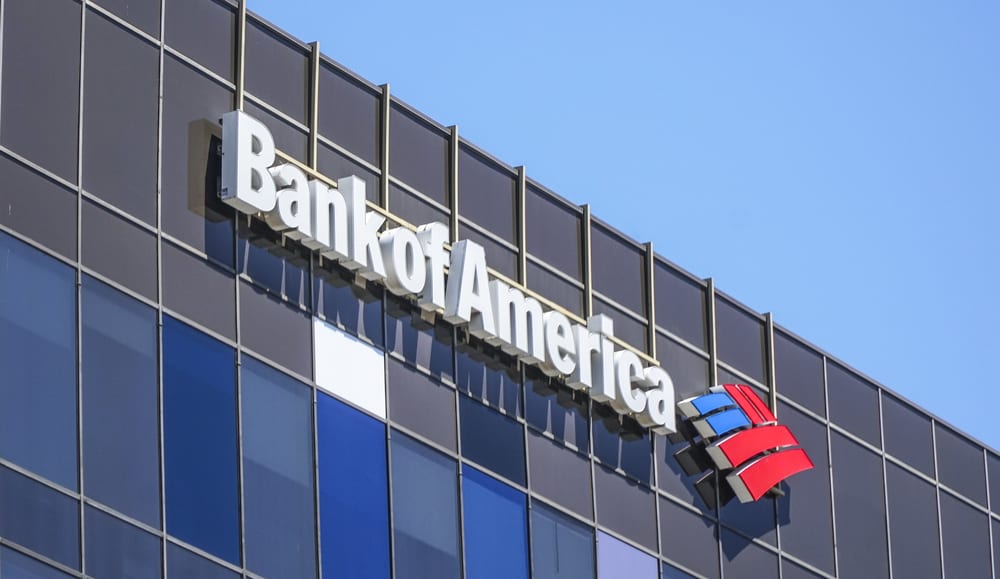South Korea has been at the
cutting edge of banking innovation and its wealth management
industry is no different. Banks in the country are looking to up
their focus on private banking and are doing so with increasingly
novel offerings, like HNWI dating services. Dan Jones reports
South Korea is one of the more mature Asian economies, and one
which has a sizeable high net worth individual (HNWI) base for
wealth managers to tap. Barclays Wealth estimates that there were
433,000 Korean households with a net worth of $1 million or more in
2007, and believes this figure will rise to over 1 million
households come 2017.
On an individual basis, Merrill Lynch said that there were 105,000
HNWIs in the country in 2008, compared to 118,000 HNWIs in Korea in
2007, a decline of 11 percent, milder than the Asia-Pacific average
decline of 14.1 percent.
These HNWIs are most likely of all wealthy Asians to invest in real
estate assets. Consequently, wealth managers may find that the
flight to advice is especially pronounced in South Korea, as
clients find that their preferred asset class no longer offers the
returns to which they have grown accustomed.
What is for certain is that the average savings rate in Korea has
come down sharply in recent years, in contrast to its Asian peers’,
indicating that the nation is more open to the concept of private
investment.
The Capital Markets Consolidation Act (CMCA), which came into
effect in February 2009, is likely to have been welcomed by all
financial institutions with an interest in the development of
Korean markets.
How well do you really know your competitors?
Access the most comprehensive Company Profiles on the market, powered by GlobalData. Save hours of research. Gain competitive edge.

Thank you!
Your download email will arrive shortly
Not ready to buy yet? Download a free sample
We are confident about the unique quality of our Company Profiles. However, we want you to make the most beneficial decision for your business, so we offer a free sample that you can download by submitting the below form
By GlobalDataBut South Korea can hardly be said to have first mover advantage,
despite being the first of India, China and Japan to officially
confirm its deregulatory intentions. 
Set against the current economic backdrop, South Korea may find
that its big bang turns out to be something of a damp
squib.
That is because the combination of the global slowdown and some
late changes to the new set of regulations make it unlikely that
domestic firms will expand at the pace desired by the Korean
government.
The CMCA encourages securities firms to extend their reach into the
asset management sector, though firewalls between client trusts and
brokerage assets must be maintained.
The reform comes at a difficult time for domestic brokerages, which
are struggling to compete with leading banks in South Korea’s
derivatives market, one of the world’s largest.
As of September 2008, foreign banks controlled 60 percent of
Korea’s derivatives market, then worth almost $5 trillion. The rise
in online-only brokerage accounts are also eating into firms’
margins, as their own online offerings are undercut by aggressive
competitors.
Wider range of services
The CMCA is based on similar initiatives seen in the UK and
Australia 20 to 30 years earlier, and is designed to encourage
securities firms to take on a wider range of services, with a view
to financial services sector consolidation and the economies of
scale that such moves will bring.
That desire, coupled with domestic brokerages’ relative
inexperience in providing a varied product range, will inevitably
lead to foreign firms looking to enter into collaborations with
local players in the securities markets, and thus opens up a new
market entry route for the ambitious wealth manager.
There remains some local resistance to foreign activities, as
evidenced by the December 2008 announcement that the Korean
Securities Dealers Association was investigating 19 foreign
brokerages due to their analysts issuing “sell” ratings on certain
Korean stocks.
However, in light of the similarly misguided outcry against
short-selling seen in Western markets, this kind of reaction should
be seen in a global context rather than being attributed to a
direct failing of the Korean market in itself.
Deregulation also brings with it an increase in monitoring
requirements, similar to those outlined in Chapter 4, and this
could hinder the development of new products. Financial
institutions must now segment investors based on a series of
metrics, including age, income, experience and risk
profile. 
Whether this requirement leads banks and clients to complain of
over-complexity, as has been the case in Japan and elsewhere,
remains to be seen.
But it seems certain that the full breadth of the changes will be
lost on many investors, and this represents another area in which
the well-prepared private bank or wealth manager should be able to
win client trust through a rigorous explanation of the
changes.
In any case, it will take time before Korean securities firms can
bring the advantages of their newfound capabilities to their wealth
management activities, and the creation of a global private
investment bank is unlikely even in the medium term. But that is
not to say that securities companies are not expanding their
offerings to private clients in the meantime.
Woori Investment & Securities, which aims to be Asia’s leading
investment bank by 2010, continued to open private banking centres
across Korea in 2008 as part of its strategic realignment which
will see the business increase its wealth management emphasis at
the expense of brokerage activity. The private banking centres
segment customers by profession and are aimed at clients with more
than $1 million in liquid assets.
The firm has also had success with the launch of its Octofolio
investment platform, which offers clients a combination of set
portfolios. Some 2,700 customers had signed up to the product just
one month after its launch.
A business mix split across investment banking, wealth management
and brokerage activities is also the goal of rival securities firm
Daewoo Securities.
Both Woori and Daewoo are seeking to achieve a more diversified
business along the lines of that seen at Samsung Securities,
Korea’s top brokerage by market value, in an effort to mitigate the
effects of the economic downturn on what was already a highly
competitive industry.
Just as wealth management represents an invaluable source of
diversification for brokerages, so too is it increasingly a
differentiator for South Korea’s leading banks. Woori Bank –
another subsidiary of Woori Financial Group – utilises a brand
known as ‘Two Chairs’ (emphasising the one-on-one nature of the
service).
In addition to the kind of VIP benefits now commonplace at nascent
wealth management offerings (priority access in airport lounges,
branded credit cards etc), the unit also plays to uniquely Korean
strengths.
Its website, for example, is a prime example of South Korea’s
highly-developed online capabilities, and serves as a one-stop shop
for clients. Once logged in, HNWIs can access opinion articles,
lifestyle and investment information tailored to their client
profile and so on.
Aside from technological prowess, Woori’s wealth offering also
segments both customers and services to good effect. The bank seeks
to differentiate itself on two levels: through the quality of its
real estate expertise and investment capabilities, and through its
international focus, which extends from overseas study assistance
for HNWIs’ children to services targeted at non-resident
Koreans.
Two Chairs also has dedicated centres for both corporate private
banking clients and for female HNWIs. Another leading Korean
institution, Hana Bank, is also keen to proclaim itself as the
wealth manager of choice for Koreans. The bank says it has a 35
percent share of the market for clients worth $700,000 or
over.
It is clear why Hana is seeking to portray itself as such: high net
worth customers account for just 0.3 percent of Hana’s total client
base yet 39.6 percent of its total sales.
Hana was also one of the first domestic banks to reorganise itself
in preparation for the CMCA reforms. The bank restructured its
private banking division in 2007 and began training more private
bankers in 2008 in the expectation that fee-based investment
consulting and management activities will be permitted within the
Korean private banking industry by 2010.
Another institution preparing for CMCA implementation, Kookmin
Bank, has also debuted a number of innovative products and
services, including matchmaking events for single HNWIs, and has
used co-marketing campaigns with luxury brands to good effect,
though the bank is also careful to emphasise the scope of its asset
management abilities to clients.
The bank’s ‘Gold and Wise’ private banking unit, initially catering
to clients with $400,000 or more in liquid assets, opened a new
private banking centre in 2007 that caters exclusively to clients
with at least $3 billion in assets.
The bank says the centre, located in Yeoido, has been particularly
effective in attracting Korean CEOs as clients. The combination of
mass affluent and HNWI programmes has worked well: assets under
management at KB rose by 40 percent in 2007 to stand at $4.6
billion.
Both KB and rival Shinhan have also implemented SGM (‘staff get
membership’) programmes, aiming to encourage private bankers to
recommend their friends for the service, as well as incentives for
existing clients to refer their friends and family to the
service.








